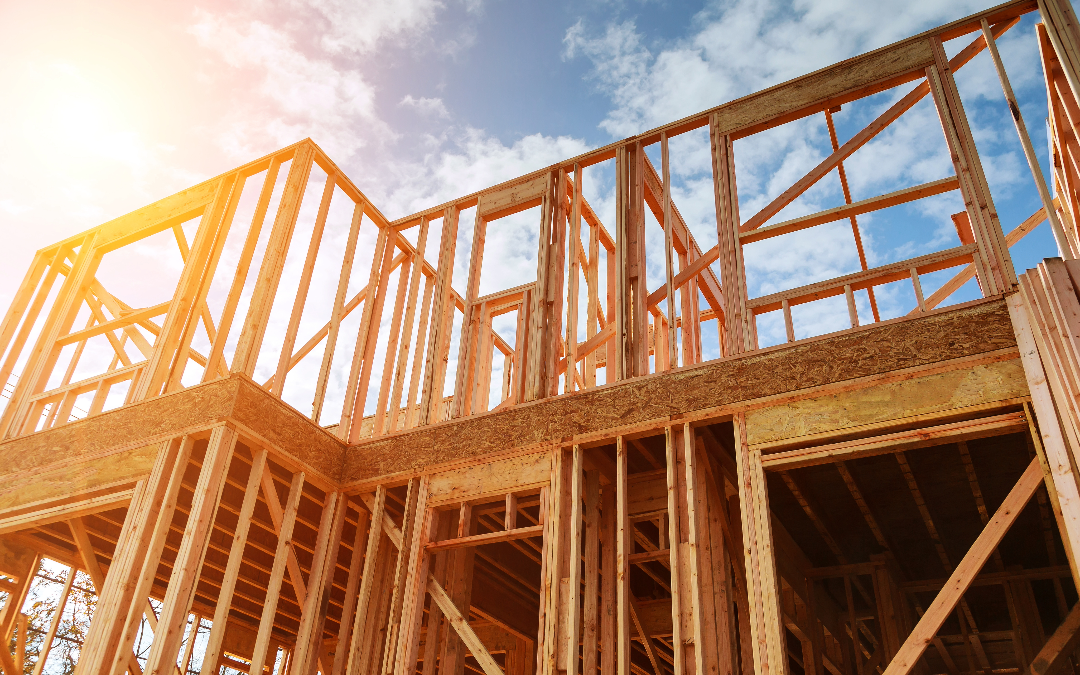Article Overview
The housing market has been a crucial economic indicator for reflecting the nation’s financial health and influencing various sectors. Over the years, housing starts, or new residential constructions, have experienced fluctuations, from the booming 1960s to the 2008 recession. Understanding how housing and transportation shape the economy is essential for comprehending the intricate dynamics of economic trends and patterns.
This blog explores the relationship between the housing market, transportation, and the construction industry. By gaining insight into key factors such as construction spending and historical trends, individuals can understand the current challenges in homeownership and how they directly impact the transportation industry.
Historical context
The history of the U.S. housing market is marked by periods of growth and decline, including significant downturns and recessions. The 1960s saw a stable housing market, with median home prices significantly lower than today. However, the 2000s brought the infamous housing bubble, characterized by a housing market boom, and the following economic crash, driven by factors like the subprime mortgage crisis.
The aftermath of the crash saw a decline in home prices, with some areas experiencing a staggering 30% year-over-year drop. The recovery from this crash reshaped market dynamics, which caused individuals to reevaluate the factors that previously made homeownership relatively affordable.
The housing starts data from 1968 to 2016 provides insights into the market’s evolution. In 1960, housing starts were at 1,460, and by the year 2000, they rose to 1,737. The aftermath of the 2008 market crash saw a drastic decline, with housing starts hitting 539 in 2010. In 2020, starts rebounded to 1,663, and by July 2023, they were at 1,451. This fluctuation reflects the nature of the housing market, which usually has a downturn during each decade.
Comparing the past and present home prices showcases a staggering increase, in 1980, the average price for a home was $47,000 compared to $436,000 in 2023.

Homeownership challenges in 2023
In recent years, homeownership has faced numerous challenges. Rising home prices, increased mortgage rates, and significant closing costs have created barriers for potential homebuyers.
Over the last year, home prices skyrocketed by nearly 20%, making homeownership less attainable for many individuals. Mortgage rates have risen significantly in the past three months, leading to higher monthly payments and reduced housing affordability.
The current state of the housing market in 2023 is characterized by a variety of factors, including high mortgage rates and soaring home prices.
The average 30-year fixed-rate loan is at 7.63%, requiring a monthly payment of $2,528 for a median-priced home with a 20% down payment. This represents a 91% increase from two years ago, making housing the least affordable since 1984. In 1980, a 20% down payment equated to $9,400. Fast forward to the present day, and this figure has ballooned to $87,000, reflecting a 20% increase.
Home sales are expected to hit a decade-low in 2024 due to these high costs, limiting people’s ability to move.
Economic trends impact construction
Construction spending is a crucial factor in determining the health of the housing market. In September 2023, construction spending in the United States increased by 0.4% monthly, reaching a seasonally adjusted annual rate of $1,996.5 billion. This marks a decline in investments over the last five months.
Taking a historical perspective on U.S. home prices from 1953 to 2023, it is clear that economic downturns have had a significant impact on the housing market. Particularly challenging periods include the Great Depression and the 2008 recession, which resulted in declines in home values. However, despite these setbacks, the long-term trend has been on a steady increase, with home prices generally appreciating over time.
A good gauge for future demands in the building and construction industry is the Home Builders Housing Market Index (HMI), which is based on a monthly survey of the National Association of Home Builders. In January of 2021, the HMI point was down 4% month-over-month. In November 2023, the housing markets index was 34, compared to 81 in November 2020.
Demand for homes reached a new high during the pandemic, with homeownership rate increasing to 65.8% in 2020. However, it also created setbacks for new builds, with rising cost of materials and 79.5% of adults supporting stay-at-home orders, slowing construction and limiting inventory even further.
Construction and the flatbed market
Transportation plays a vital role in the housing market, serving as an indicator of economic activity. Trucking is essential for the construction industry. According to the American Trucking Association (ATA), trucks carry approximately 71% of all freight in the United States. Bulk construction materials like roofing, lumber, and concrete depend on trucks to get finished products from the factories to construction sites.
When U.S. construction spending slows down, so does the demand for hauling construction materials, ultimately creating downward pressure on the flatbed market. The ratio of loads to trucks for flatbeds has seen a significant decrease compared to previous years. According to DAT, at the end of October 2023, spot rates for flatbeds were $0.19/mile lower than last year.

Adapting to challenges in the economy
The housing market, transportation, and flatbed rates demonstrate the complexity of the modern economy. Historical trends reveal the cyclical nature of the housing market, with periods of growth and decline shaping the nation’s economic landscape. The challenges faced by homeownership in 2023, coupled with the impact on transportation and flatbed rates, underscore the interdependence of these sectors.
As we navigate the dynamic economic environment, understanding these connections is crucial for policymakers, businesses, and individuals. By examining the past, we gain valuable insights into the present challenges and can better prepare for the future, ensuring a more resilient and adaptable economy.
KCH Transportation is here for you
Having a partner like KCH Transportation can help businesses look at their supply chain and figure out what their inefficiencies are, creating simplified solutions for businesses. KCH Transportation’s experienced team members have extensive knowledge and work to mitigate shipping issues with streamlined solutions to ensure business success.






